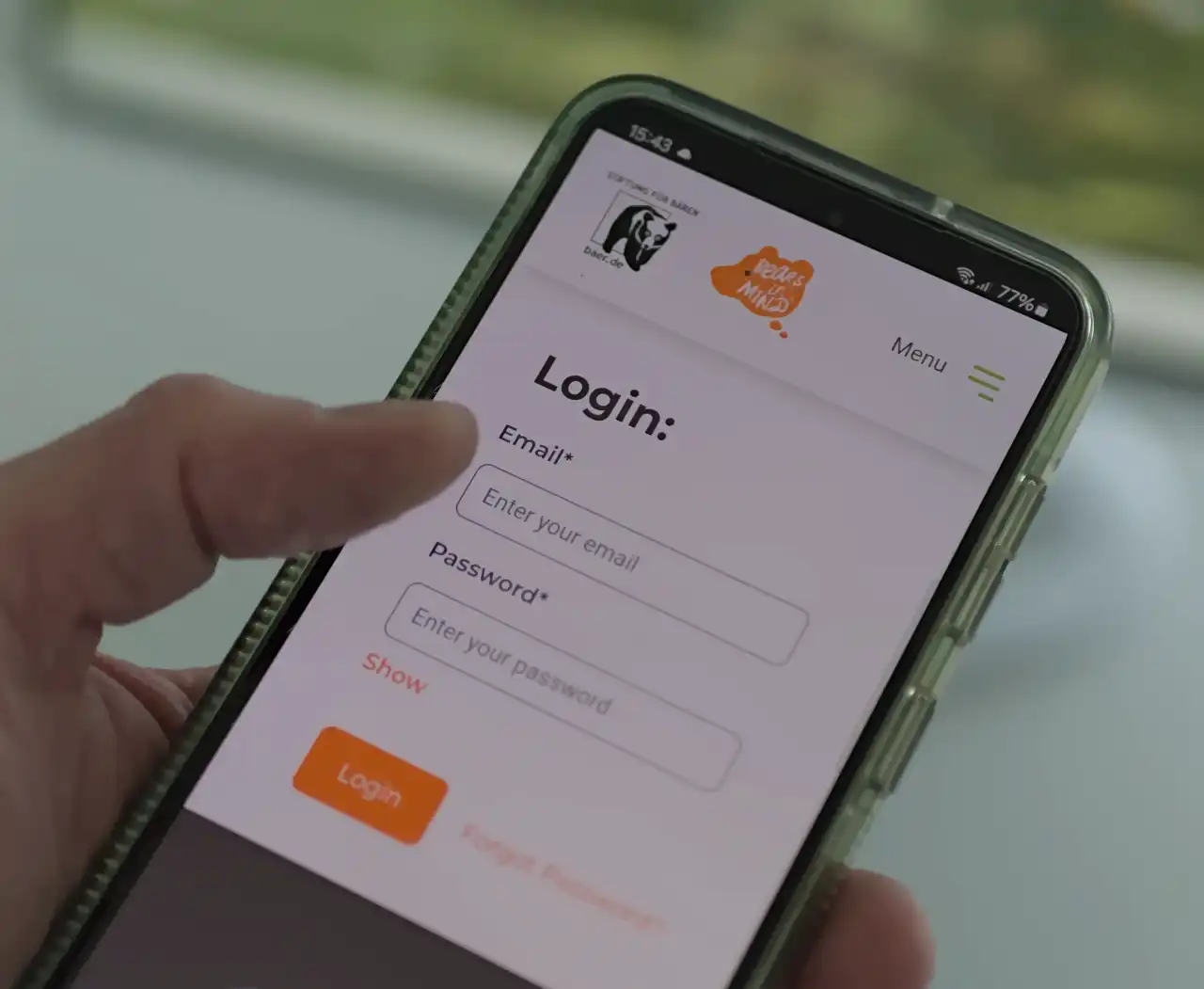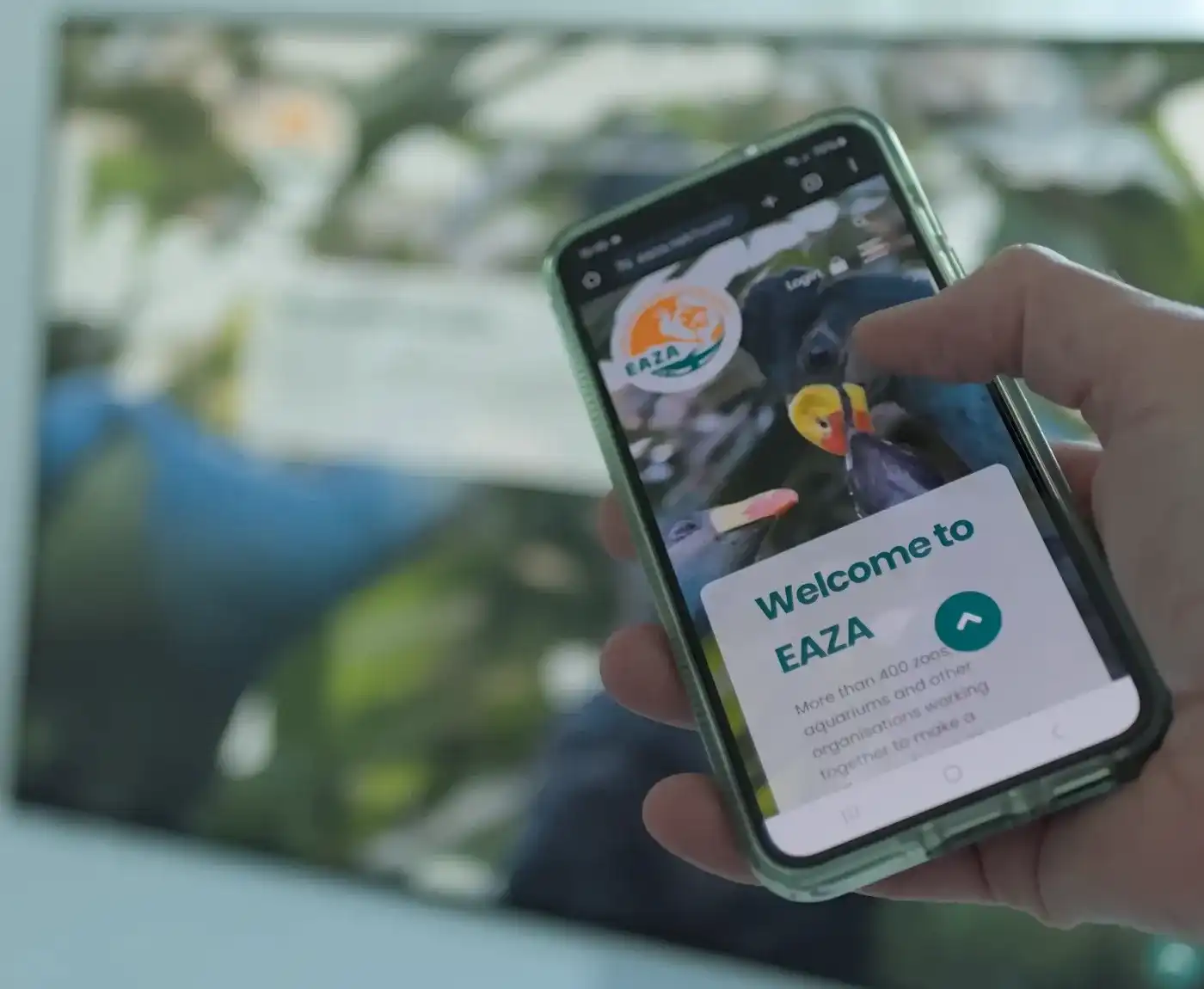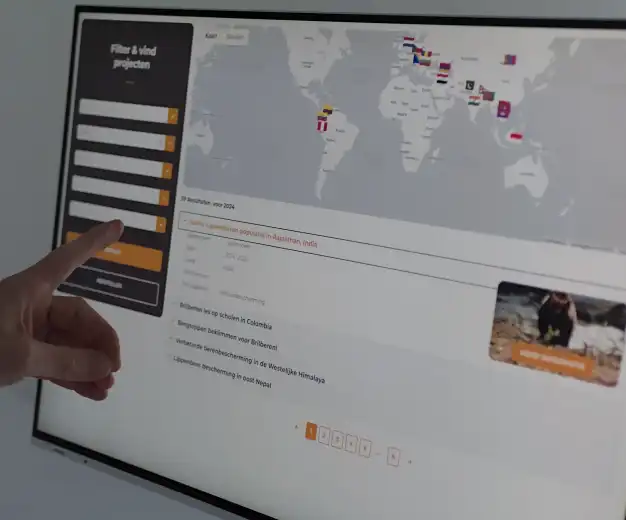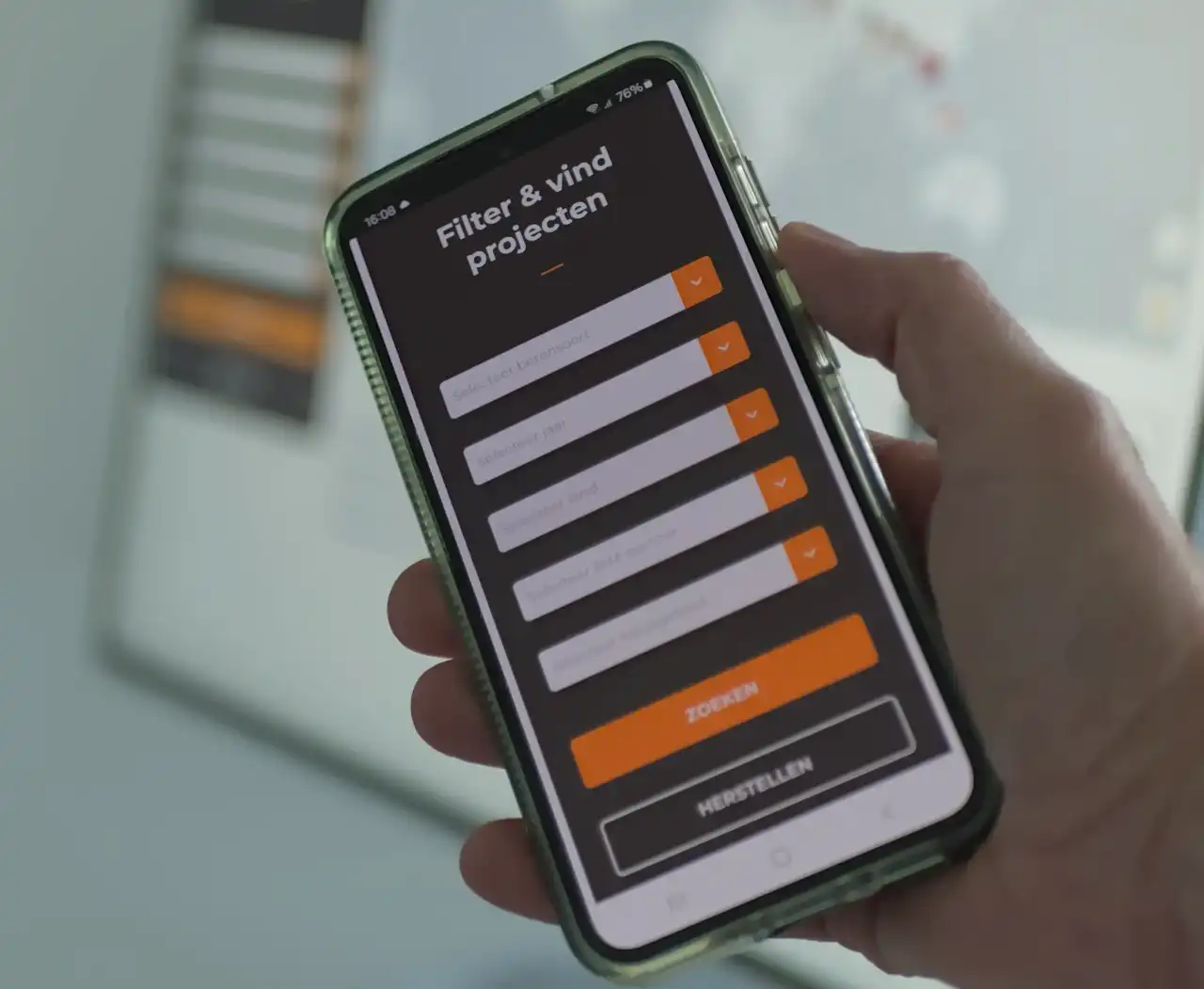Consultancy
A Future-Proof Digital Ecosystem: The Role of Websites and Extranets
Jacco van den Berg
October 9, 2024

A future-proof website and extranet
In today’s rapidly changing digital landscape, the ability to adapt is key to survival. Whether you’re running a business or a non-profit, a future-proof digital ecosystem isn’t just a competitive advantage—it’s essential. As the backbone of your digital operations, your website and extranet are critical components of this ecosystem. They need to work together seamlessly to deliver results for your stakeholders and ensure long-term growth.
But what does “future-proof” really mean, and how do websites and extranets contribute to that? Let’s explore the critical role they play in building a robust digital ecosystem and the steps you can take to ensure they stand the test of time.
1. Websites: The Public Face of Your Digital Ecosystem
Your website is often the first point of contact for customers, donors, partners, and anyone else interested in your organization. It represents your brand, showcases your offerings, and serves as a key tool for communication and engagement. In a future-proof digital ecosystem, your website isn’t just a static asset—it’s a dynamic, evolving platform designed to anticipate and respond to user needs.
Key Elements of a Future-Proof Website:
a. Scalability:
As your business grows, so will the demands on your website. It’s crucial to build with scalability in mind. Whether it’s handling increased traffic or supporting new digital features, your website must be able to adapt without requiring a complete overhaul.
b. Flexibility:
Modular design and robust content management systems (CMS) allow for easier updates and the addition of new features. By choosing the right infrastructure—such as a headless CMS, like Strapi, or a flexible web framework—you ensure that your website can integrate with new technologies or respond to shifts in user behavior.
c. Mobile Optimization:
As mobile usage continues to grow, a mobile-first design is non-negotiable. In a future-proof digital ecosystem, your website must offer a seamless experience across all devices, from desktops to smartphones, without sacrificing performance or usability.
d. Data Integration:
A truly effective website doesn’t operate in isolation. It pulls in data from various systems—customer relationship management (CRM) tools, analytics platforms, and marketing automation systems—to provide a holistic view of user behavior. This data-driven approach allows you to continuously refine and personalize user experiences, driving better engagement and results.
Example integration

Imagine a nonprofit wildlife conservation organization that integrates its website with multiple systems to create a fully connected, data-driven ecosystem.
Think of integrating
- Donor Management (CRM Integration)
- Marketing Automation
- Analytics & Insights
- Volunteer & Event Management
With these integrations, a nonprofit’s website isn’t just a digital brochure—it becomes the central hub of every supporter’s journey, enabling personalized donor experiences, automated outreach, real-time insights, and streamlined volunteer coordination. This holistic, data-driven approach ensures that the organization can focus on its mission, rather than manually piecing together scattered information.
2. Extranets: The Engine Behind Your Internal Operations
While your website is focused on external engagement, your extranet is designed for internal collaboration and communication. It serves as a secure, centralized platform where employees, partners, or members of your organization can access essential tools, documents, and resources.
In a future-proof digital ecosystem, extranets must be built to support collaboration, efficiency, and scalability. They play a crucial role in enabling smooth internal operations and fostering innovation by breaking down silos within your organization.
Key Elements of a Future-Proof Extranet:
a. Secure Access and Data Management:
Extranets often house sensitive information, from internal communications to financial data. Future-proofing means integrating strong security protocols, such as multi-factor authentication (MFA), data encryption, and role-based access controls. These measures will ensure that only authorized users can access specific parts of the system.
b. Seamless Integration with Business Tools:
Your extranet needs to communicate with the tools your team uses daily—whether that’s project management software, HR platforms, or customer databases. A future-proof extranet seamlessly connects with these third-party systems, providing a single point of access for employees. This reduces friction, streamlines workflows, and enhances productivity.
c. Remote and Hybrid Work Support:
With remote and hybrid work models becoming the norm, extranets must cater to a distributed workforce. This means being cloud-based, offering mobile compatibility, and ensuring accessibility from anywhere, while maintaining high levels of security.
d. Collaboration and Communication Tools:
Effective extranets are not just repositories for information—they’re collaborative hubs. Integrated messaging, document sharing, and project tracking tools create a connected workforce, enabling real-time communication and reducing the need for email or multiple platforms.

Example: Consider a non-profit organization with remote teams spread across different regions. A future-proof extranet allows these teams to collaborate on grant proposals, share donor information, and update project progress in real-time, all from one secure platform. This creates a more efficient workflow, ultimately increasing the organization’s impact.
3. The Role of Integration in a Future-Proof Ecosystem
A future-proof digital ecosystem is more than the sum of its parts—it’s an interconnected network where each component feeds into the other. Websites and extranets, while distinct in their roles, must communicate effectively to provide a seamless experience for both external users and internal teams.
The Power of Integration:
a. Unified Data Flow:
Your website collects valuable user data, which should inform decisions made within your extranet. For example, data on customer interactions from your website could flow into your extranet’s CRM system, helping your sales team make more informed decisions. This unified data flow eliminates information silos and ensures that all stakeholders—whether they’re external customers or internal employees—are aligned.
b. Consistent User Experiences:
Integration ensures that the user experience is consistent, regardless of whether the user is interacting with your website or extranet. This means that branding, messaging, and functionality remain cohesive, helping to reinforce trust and engagement across touchpoints.
c. Automation and Efficiency:
Automating routine processes—such as onboarding new employees via your extranet or capturing customer feedback from your website—frees up valuable time and resources. A future-proof ecosystem automates these interactions, enabling your team to focus on high-value tasks.
Example: Consider a non-profit organization with remote teams spread across different regions. A future-proof extranet allows these teams to collaborate on grant proposals, share donor information, and update project progress in real-time, all from one secure platform.
This creates a more efficient workflow, ultimately increasing the organization’s impact.

4. Long-term sustainability
Building a future-proof digital ecosystem is not a one-time project; it is an ongoing process. Sustainability is about ensuring that your website and extranet are designed for the long term. They need to be able to evolve as your profit or non-profit organization grows and technology changes.
Sustainability best practices:
Regular updates:
Technology is constantly evolving, and so are your digital platforms. Regular software updates and security patches are essential to keep your website and extranet secure, functional, and compliant with the latest standards. At Bureau Berg, you can easily enter into a 'Service Level Agreement' (SLA) for this.
Modular architecture:
A modular approach to design means that you can make incremental changes, such as adding a new feature or integrating a new tool, without having to change the entire system. This approach increases adaptability and reduces downtime.
User-Centric Design:
Putting the needs of your users—whether they’re customers, members, employees, or volunteers—at the center of your digital ecosystem ensures it remains relevant and effective. By continually collecting feedback and analyzing user behavior, you can make data-driven improvements over time.
5. Preparing for Future Technologies
Finally, future-proofing your digital ecosystem means staying ahead of emerging technologies. Artificial intelligence (AI), machine learning, and blockchain are just a few examples of innovations that are already transforming digital platforms. By designing your website and extranet with future integrations in mind, you can take advantage of these advancements when they become essential to your operations.
Tip: Choose platforms that support API integrations and have the flexibility to adapt to new technologies as they emerge. This will allow you to stay competitive as new tools and systems become available.
Conclusion: Building Your Future-Proof Digital Ecosystem Today
A future-proof digital ecosystem is built on flexibility, scalability, and integration. Your website and extranet aren’t just standalone tools—they are the foundation of your business’s digital operations, connecting users, automating processes, and fostering collaboration.
By focusing on the key elements of personalization, security, seamless integration, and long-term sustainability, you’ll ensure that your digital platforms not only meet today’s demands but are ready to adapt to whatever the future brings.
At Bureau Berg, I'm there to help you build that ecosystem. Let’s collaborate to ensure that your website and extranet are designed for the future—secure, scalable, and ready for what’s next.